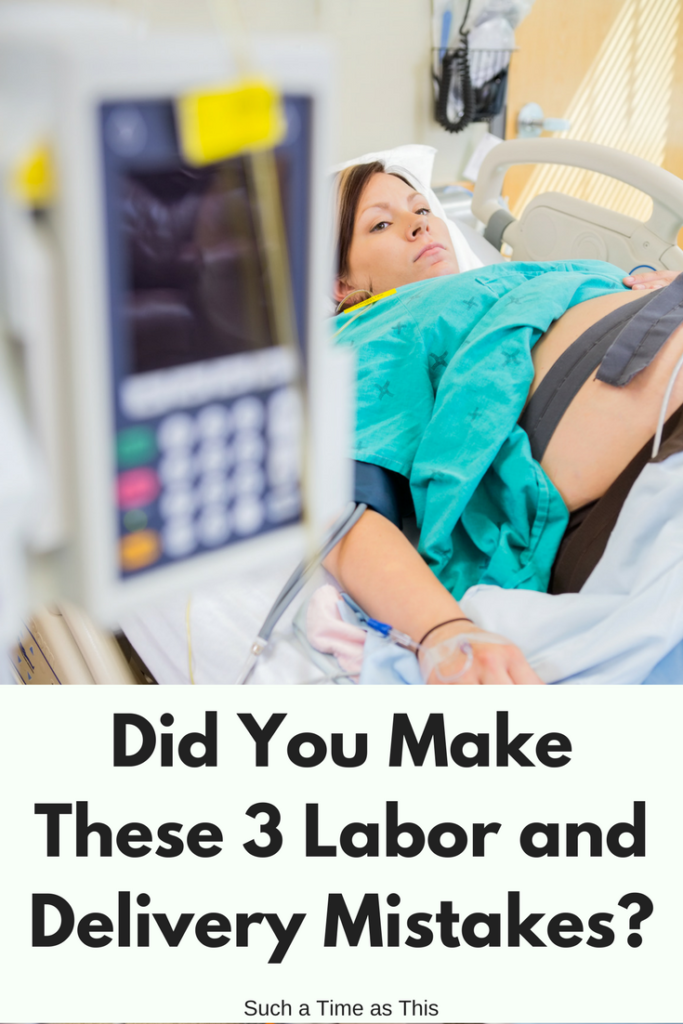3 Reasons Why It’s Impossible to Have a Natural Labor and Delivery
I recently gave birth to our sixth child. As I ponder childbirth I realize that our labors are much like our children. They are each so different. They are unpredictable.
Each labor and delivery seems to possess its own personality along with its own thoughts, ideas and fears. We had a rather long and drawn out induction with this baby.
That wasn’t my first choice, but nonetheless we were glad we went through with it on the scheduled date. This experience brought up a realization to my husband and I of how strange the “birth culture” is in our region of the world. It seems that it is sometimes almost taboo to talk about labor – even more so a natural labor. It also seems that labor without the use of pain medication is seen as either an accident or something very strange to participate in, if by choice.
With this past delivery, one of my nurses hadn’t witnessed a childbirth without the use of epidural – well, at least not an induction without the use of an epidural. It dawned on me that not only does our culture, in general, seems to sway us away from natural childbirth, but more specifically, the location in which we give birth has a large impact as well. Each time I set out to go “all natural” but it didn’t always work out that way. Here are some of the reasons why.
1. What your mother tells you about birth may just be the voice in your inner thoughts
When I was having baby number 1 at the young age of 22, I just knew I wanted to have him without any medicine. Many people laughed at this notion and many questioned it.
My mother had had two twilight births back in the day when women were actually put to sleep during delivery. When it was time for me to be born, she had researched other options and decided on Lamaze.
She was prepared for the delivery, but when it came time to go through transition (the difficult part of labor lasting from 7cm to 10cm dilation,) she tried to back out and asked her nurse for an epidural.
At the time, being 8cm they wouldn’t allow an epidural, per the hospital rules. So, she was stuck pushing me out au natural and feeling every bit of it. This was not the thrilling, wonderful experience she had hoped for and consequently she warned me “not to wait” for the meds.
In this case, possibly the closest person to us as a young woman is our mother.
Whether we like to admit it or not our moms are the ones who took care of us when we were young, they were our role model as we grow and they have much influence over us even as adults.
2. Cascade of Interventions
It took me only two hours to go from 3-5cm. Labor hadn’t slowed down, it was actually picking up. At around the same time that I asked for an epidural, the doctor ordered my water be broken and a pitocin drip to be started.
These drugs can cause contractions that come closer together, more painfully and can even hyperstimulate the uterus in addition to causing distress in the baby.
In our case our baby did respond in distress not only passing meconium but then having a lowered heartrate. It made it very important to get baby out when this happened. This is usually where an emergency c-section would have been performed but in my case vacuum and forceps were used instead.
“Fetal intolerance of labor (requiring resuscitative measures, further fetal assessment, or operative delivery) was also associated with receipt of epidural/spinal anesthesia. Nearly 78 percent of women who experienced fetal intolerance of labor received epidural/spinal anesthesia compared with 45.3 percent without any other characteristics of labor and delivery.”
I also feel it is important to note that some interventions are entirely necessary and rather important – some more necessary or appropriate than others. The trick is in learning the difference and assessing the risk.
3. Where you deliver might sway your outcome
“More than three out of five women whose infants were delivered by a medical doctor (63.4 percent) or a doctor of osteopathic medicine (62.5 percent) received epidural/spinal anesthesia compared with less than one in two women attended by a certified nurse midwife (CNM) (49.8 percent)”.

[…] This is the second installment of a series on childbirth. Click here to read the first section: 3 Reasons Why It’s Impossible to Have a Natural Labor. […]